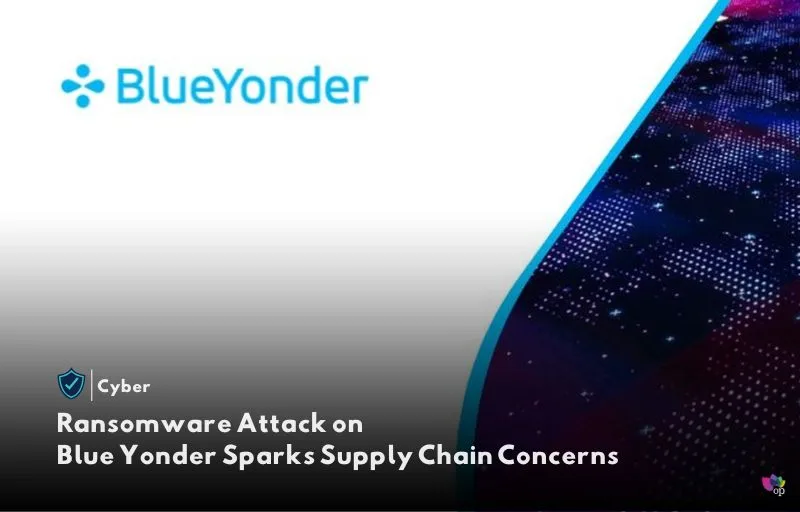Introduction
Blue Yonder, a key software provider in the global supply chain sector, reported a ransomware attack this past weekend, raising significant concerns about the vulnerability of critical infrastructure. The Arizona-based firm, which was acquired by Panasonic in 2021, is known for offering advanced supply chain management solutions to prominent businesses, including leading grocery chains in the United States and the United Kingdom as well as Fortune 500 firms.
The attack targeted the company’s private cloud service used by several clients, although its public cloud environment remained unaffected. Blue Yonder has been working with affected customers to mitigate the impact, but disruptions have been reported, particularly among major grocery chains in the UK and potentially in the US.
Impact on Operations
The effects of the cyberattack were immediate in the UK, where grocery giants Morrisons and Sainsbury’s acknowledged operational challenges. Morrisons, which operates nearly 500 stores, disclosed that it had implemented backup processes but noted disruptions to the smooth delivery of goods to its outlets. Sainsbury’s stated it had contingency measures in place to minimize the fallout.
In the United States, the scope of the impact remains unclear. Blue Yonder’s US-based clients include prominent grocery chains such as Albertsons and Kroger, which together manage hundreds of stores nationwide. Neither company has commented publicly on the situation. Beyond grocery retail, Blue Yonder’s clientele includes major corporations like Procter & Gamble and Anheuser-Busch, further illustrating the potential reach of this incident.
Response and Recovery
Blue Yonder issued its first public statement acknowledging the ransomware incident on November 21, 2024. The company has since updated its communication, stating that recovery efforts are underway but refraining from providing a timeline for full restoration. Blue Yonder is working with its customers to implement alternative processes and limit operational disruptions, though challenges persist.
While the company has not disclosed the identity of the attackers or the specifics of the ransomware used, its immediate focus has been on containment and restoration. This approach aligns with standard incident response protocols, which prioritize halting the spread of ransomware and safeguarding unaffected systems.
Analysis: Lessons and Broader Implications
The attack on Blue Yonder highlights the heightened risks in software supply chain security. Companies that rely on third-party providers for critical operations are exposed to cascading risks when their service providers are compromised. This incident underscores the need for businesses to diversify their supply chain systems, maintain robust contingency plans, and conduct regular cybersecurity audits.
Furthermore, the attack raises questions about the resilience of private cloud environments compared to public clouds, which are often managed with more extensive security resources by larger providers. For Blue Yonder, this event serves as a stark reminder of the importance of ensuring the integrity of managed services in an era of escalating cyber threats.
For businesses, the event reinforces the necessity of scrutinizing vendor risk management practices and ensuring contractual obligations include cybersecurity guarantees. Governments and regulatory bodies might also take note, as disruptions of this magnitude in essential sectors like food supply chains could have broader economic and social consequences.
Conclusion
The ransomware attack on Blue Yonder is a vivid example of the vulnerabilities in modern supply chains and the far-reaching consequences of cybersecurity failures. While the full impact is still unfolding, the incident has already disrupted operations for major retailers and drawn attention to the critical need for stronger safeguards. Businesses, especially those in high-stakes industries like food distribution, must view this as a wake-up call to reassess their risk management strategies and enhance their cyber defenses.
References


 العربية
العربية 简体中文
简体中文 Français
Français Deutsch
Deutsch עִבְרִית
עִבְרִית हिन्दी
हिन्दी Italiano
Italiano 日本語
日本語 Русский
Русский Español
Español
